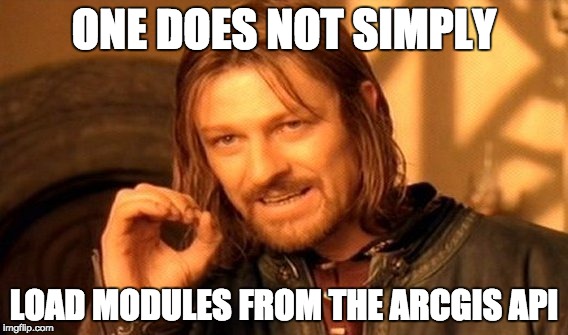Today’s ArcGIS Hub Changelog included this entry: “Sites & pages now load ~50% faster when a map is not present”. We achieved that by migrating ArcGIS Hub code base over to using esri-loader (via ember-esri-loader) to lazy load the ArcGIS API for JavaScript only when it’s needed (i.e. only on pages that have a map).

This was the largest such migration that I’ve taken on to date, and I learned a few things in the process that I thought are worth sharing. Although this post is about an Ember.js application, all but the last section equally apply to applications developed with other frameworks. Continue reading “ArcGIS Hub goes esri-loader: performance wins and lessons learned”
